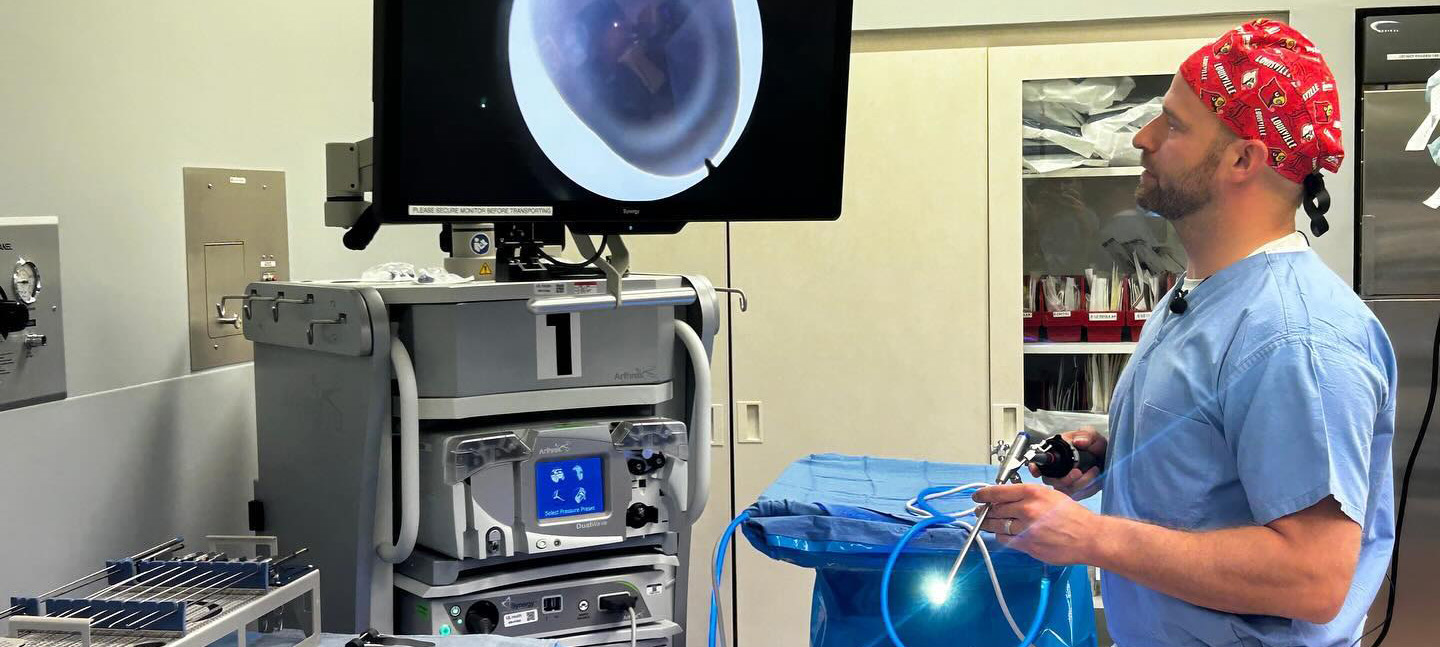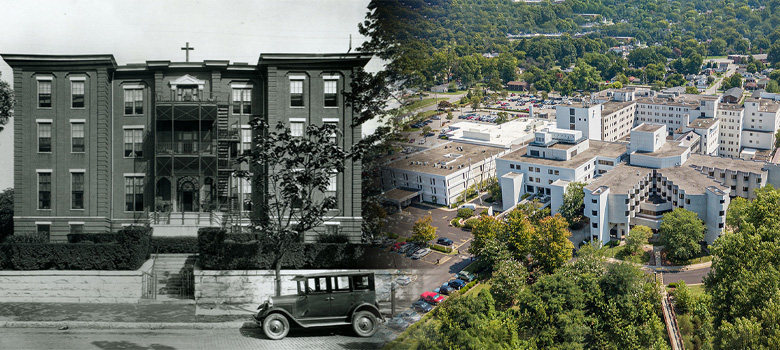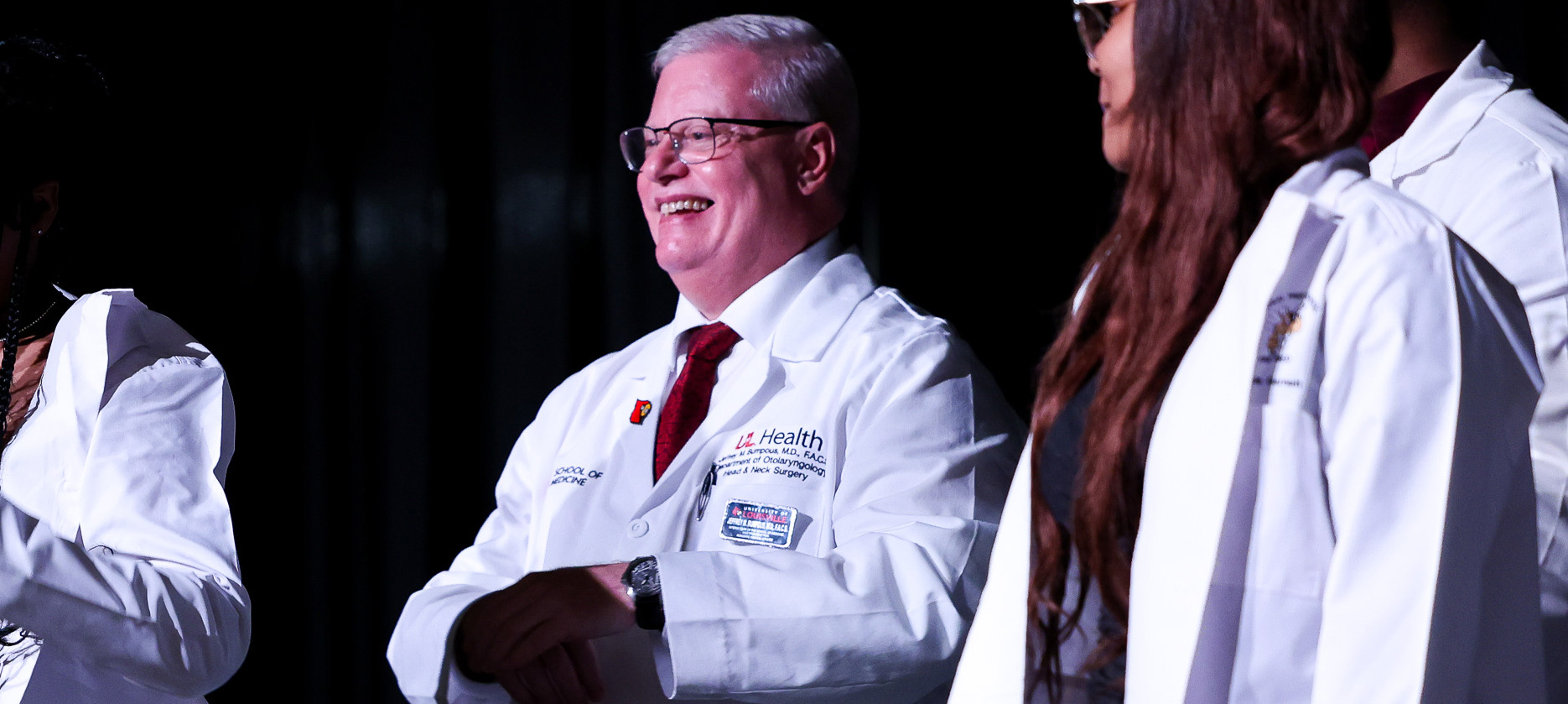Beginning your career search
Heading into your final year of training, you may be overwhelmed by the enormous volume of emails, phone calls and other communications you will receive about career opportunities. Sorting through it all takes time.
The entire process of finding the right position can take six to nine months. Without proper planning, trying to cram opportunity exploration, virtual meetings, site visits, contract finalization, and pre-employment paperwork into a matter of six months can be a recipe for high stress.
So when is the ideal time to begin your job search? Perhaps as early as the summer before your final year in residency. It is also very common to see physicians sign contracts the summer before they start their final training year. Those who commit early can reap the benefits of residency stipends paid in their last clinical years.
Things to consider when researching an opportunity:
- Are you trying to accommodate a spouse who must change jobs or who is also in training?
- Do you have a geographic locale in mind or want to practice near family?
- Are you looking to stay in the area where you currently reside and are training?
- Do you want to secure a position prior to studying for/taking your board exam?
Suggested timelines to establish:
- Assess opportunities you would like to explore; make contact with the recruiter(s) up to a year in advance.
- Allow at least two months to schedule virtual and site interviews with possible second interviews.
- Allow at least two months to obtain an offer letter or contract.
- Allow one to two months to review a job offer, having the contract reviewed legally.
- Allow three to five months before the start date to get through licensing and credentialing processes.
International physicians who are on an H1B or J1 visa should start looking for opportunities well before they begin their final year because of the paperwork required after they have received an offer.
Make a list of what is most important to you before you look at any opportunity and let that help direct you to the right position. Time management is essential because your final year of training is typically the most demanding.
Remember, you can always view open positions with UofL Health by visiting our Careers page. Contact us today to learn more about a specific career opportunity. We are happy to help guide you and would love to share what we can offer you at UofL Health.
The ABCs of a good CV
When making that good first impression, an impeccable CV is vital. What does “good” look like? We will show you. Below are a few key things to remember:
Keep it simple.
- Name and contact information (both preferred email and cell phone)
- List your education (including school, location, degree earned and graduation date), including information from undergraduate through internships, residencies and fellowships, as well as specific clinical and leadership roles
- Add professional experience (medicine-related only), including procedure and patient volumes, if/as applicable to the specialty, and administrative roles or duties
- Indicate any research you have done
- Include state licensure (status of applications planned or underway, if any) and board certification or status
- Include activities and committee memberships, including roles and brief descriptions of associated accomplishments; honors, awards and professional affiliations
- Cite all publications and presentations
- Note any appropriate language skills
- Include citizen or visa status
Keep it timely.
All dated entries should be chronologically arranged on the page from present to past, in a month/year format. Physicians should be prepared to explain any gap of more than three months in a conversation or a cover letter,
Keep design functional.
The CV should be rendered in a simple sans serif font in easily readable font size — at least 11 or 12 points. Physicians should stick to a single font and size for a very simple presentation. Several fonts or point sizes, or documents that contain graphics (with the exception of a photo which has become more common, but not required) can make the CV seem busy and hard to read.
Keep it safe.
When submitting your CV, it is best to send the copy in PDF format. This way, your information arrives intact. This also creates a read-only version of your document.





